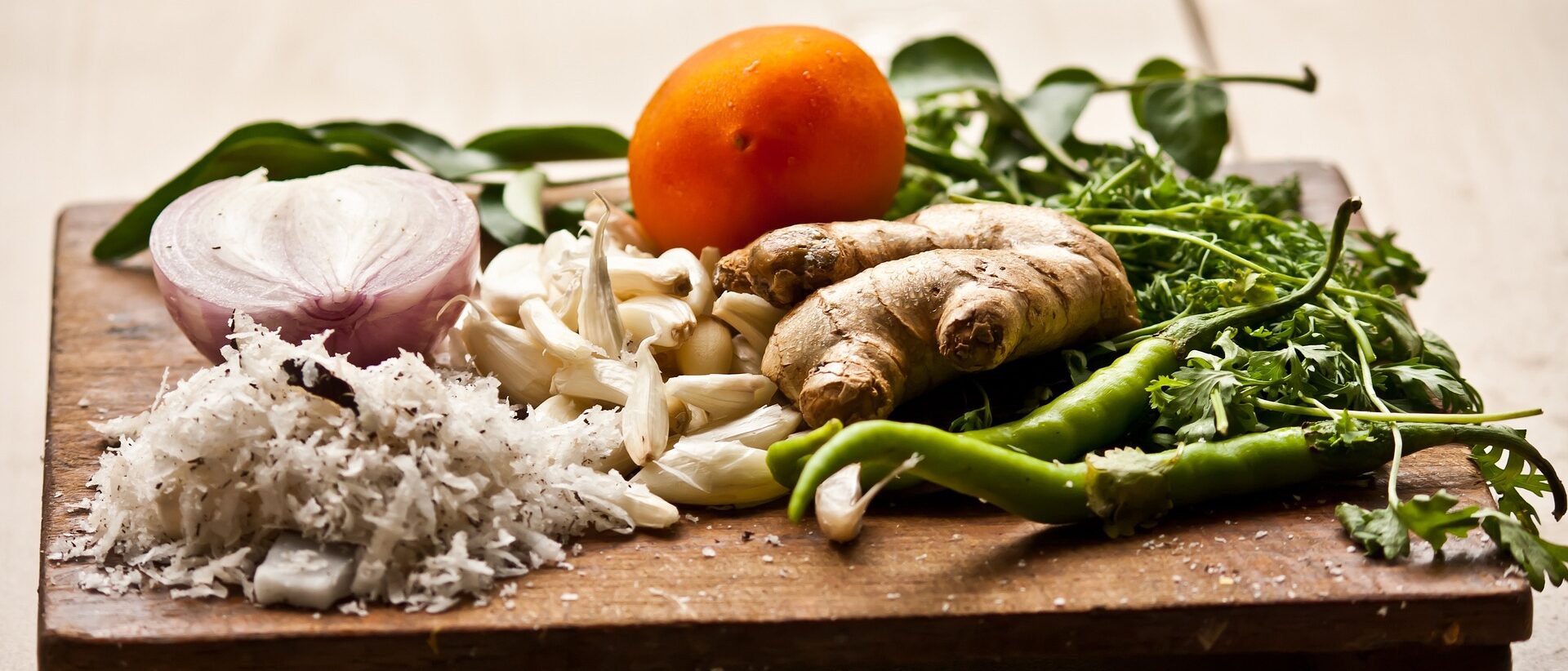Filipino cuisine boasts a vibrant blend of flavors, influences, and techniques. Whether you’re a seasoned tita in the kitchen or just starting your Pinoy cooking journey, there’s always room for a few handy kitchen hacks. Buckle up, food lovers, because we’re diving into the world of Filipino kitchen wisdom!
Taming the Tamarind: Simplifying Souring Agents
Tamarind paste adds a characteristic tang to classics like sinigang and adobo. However, dealing with the sticky mess can be daunting. Here’s a solution:
- Embrace the pod: Soak tamarind pods in hot water for 15 minutes. Mash the softened pods through a sieve, discarding the pulp. You’ll have a smooth, ready-to-use concentrate.
- Citrus savior: In a pinch, substitute bottled calamansi juice or lemon juice for tamarind paste. Adjust the amount for desired sourness.
Garlic Galore: Conquering Chopping Woes
Garlic forms the base of many Filipino dishes. But don’t let mincing turn into a teary affair!
- Microwaved magic: Microwave whole garlic cloves for 10-15 seconds. The skin will slip off easily, revealing perfectly softened cloves ready for chopping.
- Smash it up: Crush whole garlic cloves with the side of your knife before mincing. This releases maximum flavor and saves chopping time.
Aromatics Made Easy: Shortcuts for Flavor Explosions
From ginger to onions, aromatics are crucial for building delicious flavor bases. Here are some time-saving tricks:
- Frozen ginger: Keep pre-grated ginger in the freezer. It thaws quickly and retains its punchy flavor.
- Onion shortcut: Thinly slice onions ahead of time and store them in a sealed container in the fridge. They’ll be ready for quick sautéing whenever needed.
Crispy Goodness: Mastering Frying Techniques
Filipino cuisine loves its fried dishes. Master these tips for perfectly crispy results:
- Pat it dry: Excess moisture is the enemy of crispiness. Thoroughly pat your protein or vegetables dry before frying.
- Double dunk: Dip your ingredients in beaten egg followed by breadcrumbs or flour for an extra-crispy coating.
- Oil temperature matters: Use a thermometer to ensure the oil is hot enough (around 350°F). This prevents soggy results.
Simplifying Soups: Building Flavorful Broths
Soup is a staple in Filipino kitchens. Here are some tips for richer, deeper flavors:
- Roast your bones: Before simmering, roast chicken or pork bones in the oven for added caramelized richness.
- Herb and veggie bouquet: Tie bay leaves, peppercorns, and herbs like lemongrass together with kitchen twine for easy removal after simmering.
- Seafood scraps: Don’t toss shrimp peels or fish bones! Simmer them separately to create a flavorful seafood stock for your soup.
Leftover Magic: Transforming Scraps into New Delights
Don’t let leftovers go to waste! Here’s how to breathe new life into them:
- Adobo remix: Leftover pork or chicken from adobo can be shredded and used in fried rice, lumpia fillings, or pancit.
- Sinigang surprise: Transform leftover vegetables or fish into a tangy new sinigang with fresh tamarind and aromatics.
- Bistek makeover: Shred leftover bistek meat and add it to scrambled eggs or omelets for a protein-packed breakfast.
Share your kitchen hacks
Remember, these are just a few handy kitchen hacks to get you started. The beauty of Filipino cooking lies in its adaptability and resourcefulness. So experiment, explore, and most importantly, have fun while creating delicious memories in your kitchen! Let us know if you have any in the comments.

